Jump to:
The mission of the Guastavino Alliance is to tell the story of the Guastavinos, father and son, master architects who employed unique methods and materials to create over 1,000 beautiful structural vaults and tiled domes.
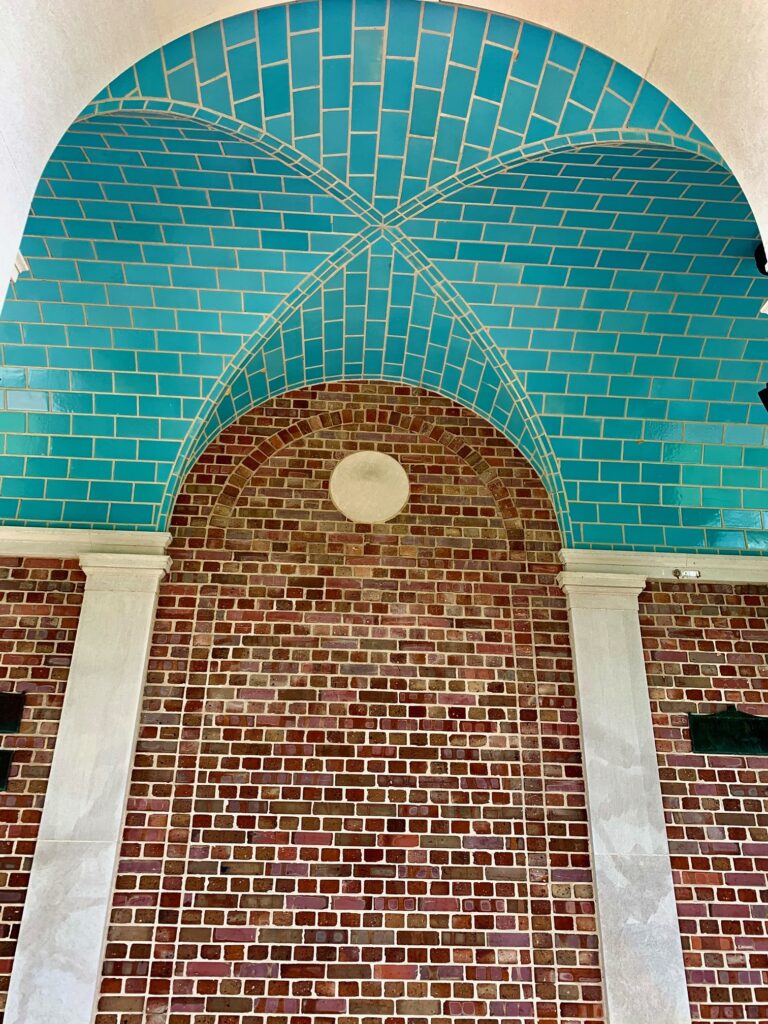
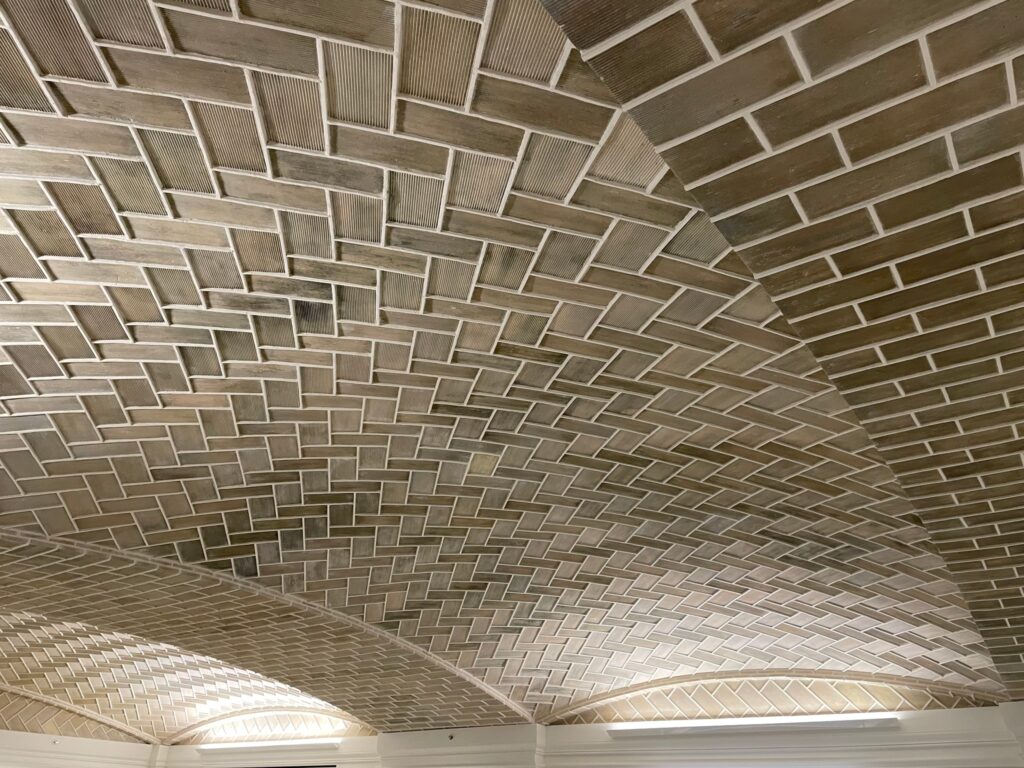
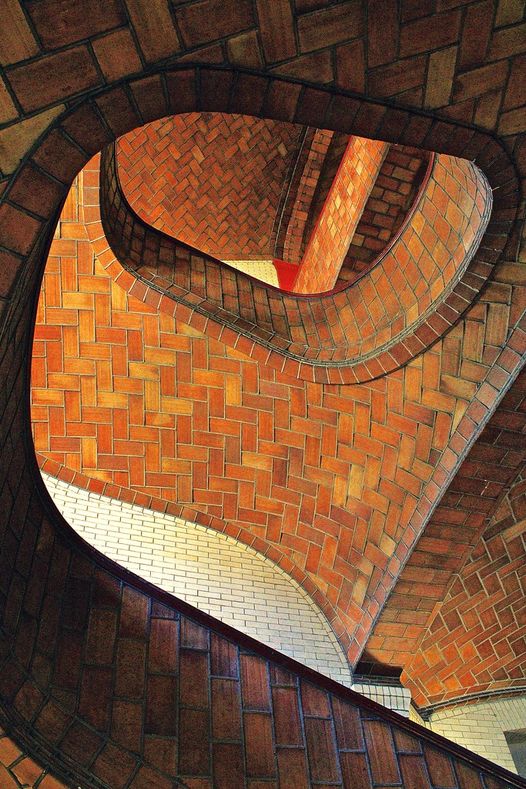
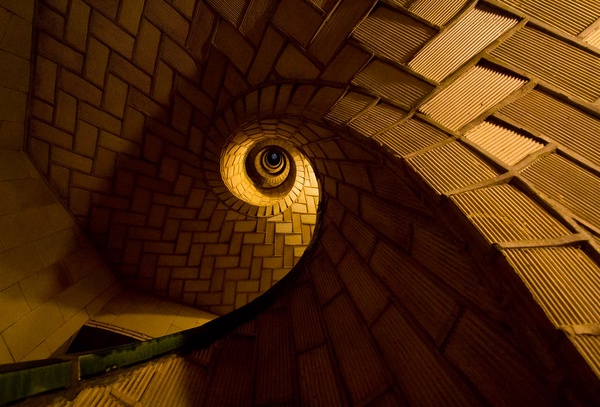
“Palaces for the People”
More than 600 existing Guastavino sites in 30 states and six countries may be visited.
Our goal is to include all sites that feature the works of the Guastavinos.
At present, fifty sites in 18 states and the District of Columbia are members of the Alliance.
Among many other projects, the Alliance enables the sites to work together in efforts of preservation, research, education, and advocacy.
Rafael Guastavino Sr.
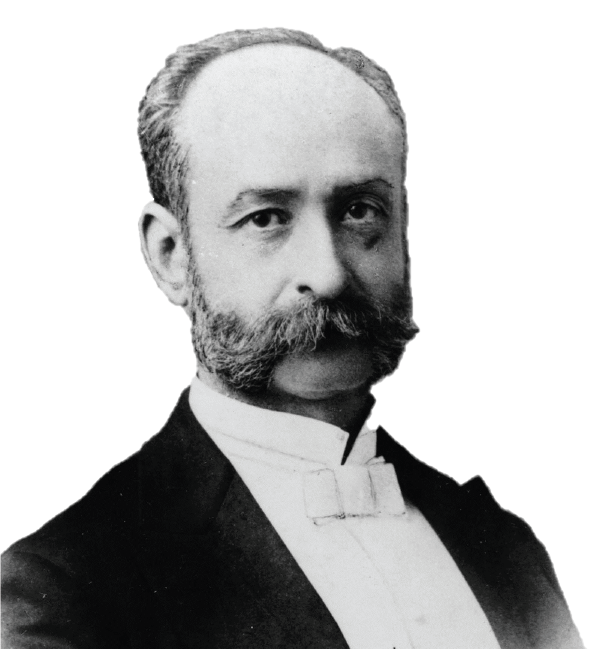
Rafael Guastavino was a Spanish architect and builder known for his pioneering work in architectural tile vaulting.
Born in Valencia, Spain in 1842, Guastavino emigrated with his nine-year-old son to the United States in 1881.
He introduced into major cities an ancient construction method called “Catalan vaulting,” which involved the use of a secret cement to interlock terracotta tiles to create strong, fireproof arches, vaulted ceilings, and domes.
His innovative tile vaulting technique conveyed an aesthetic appeal and provided structural strength and fire resistance in an era when many buildings built of steel and wood were burning in great numbers.
Guastavino’s work may be seen in many notable buildings across the United States, including his first in the states, the Boston Public Library, the Cathedral of St. John the Divine in New York City, and the Biltmore Estate in Asheville, North Carolina.
Guastavino’s legacy continues to influence architectural construction, and the development of tile vaulting techniques in the late 19th and early 20th centuries.
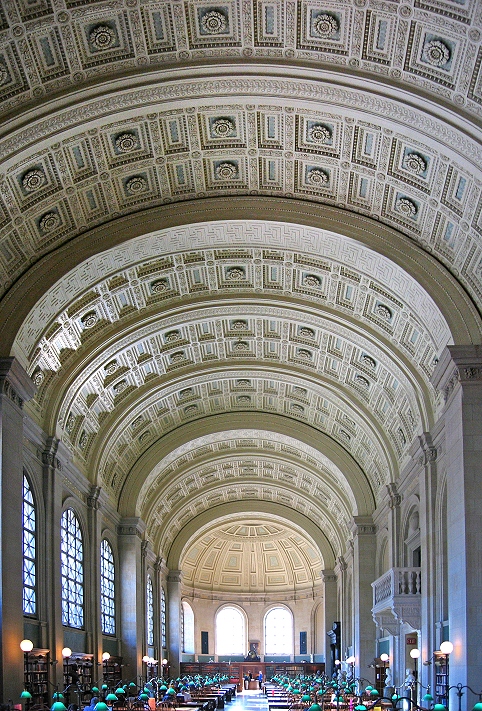
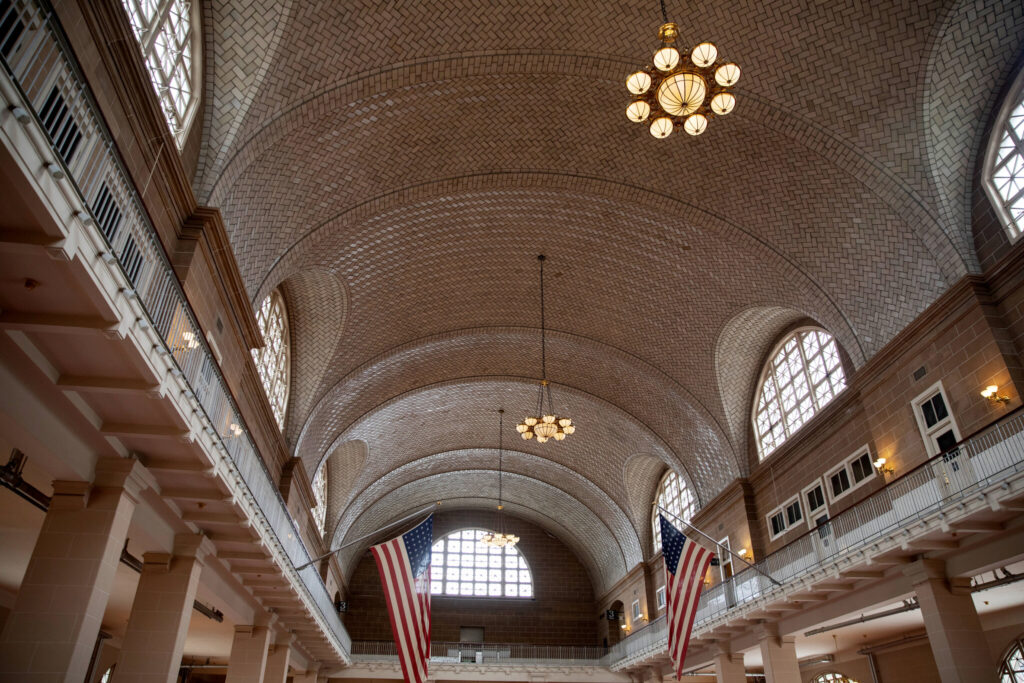
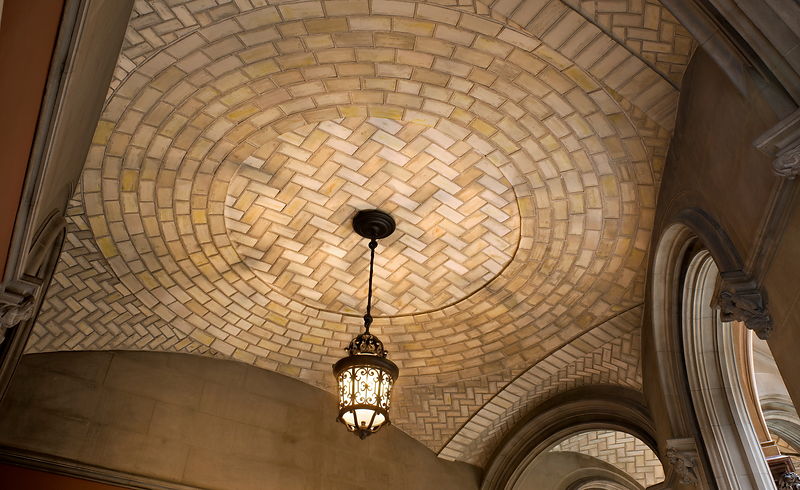
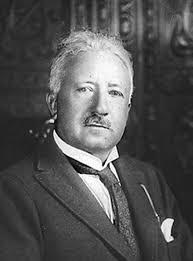
Rafael Guastavino Jr.
Rafael Jr. ended his school studies at 13 years old, and started working full time at his father’s office when he was 15 years old. He spent most of his free time in the public library studying architecture. At age 23, with tutoring from an engineer who worked for his father, he had mastered graphic statics, the science that deals with stress in masonry.
By 1898, Raphael Jr. was in charge of a number of out-of-town jobs, including the new cohesive tile dome from the library of the University of Virginia.
In 1908, he developed a scheme to tile the Cathedral of St. John the Divine in Manhattan, which was projected to have one of the largest domes in the world. Starting in 1910, he started problem solving acoustics, as large auditoriums and churches were notoriously noisy. He started experiments to develop a sound-absorbing tile. In 1915 he received a patent for “Akoustolilth”.
The famous Nebraska State Capitol dome took 10 years to complete, and it was a hugely successful project for the R. Guastavino Company entering the 1930’s.
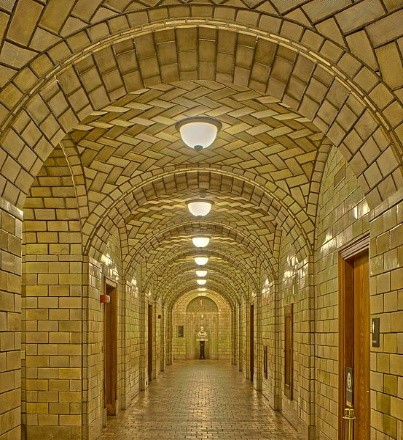
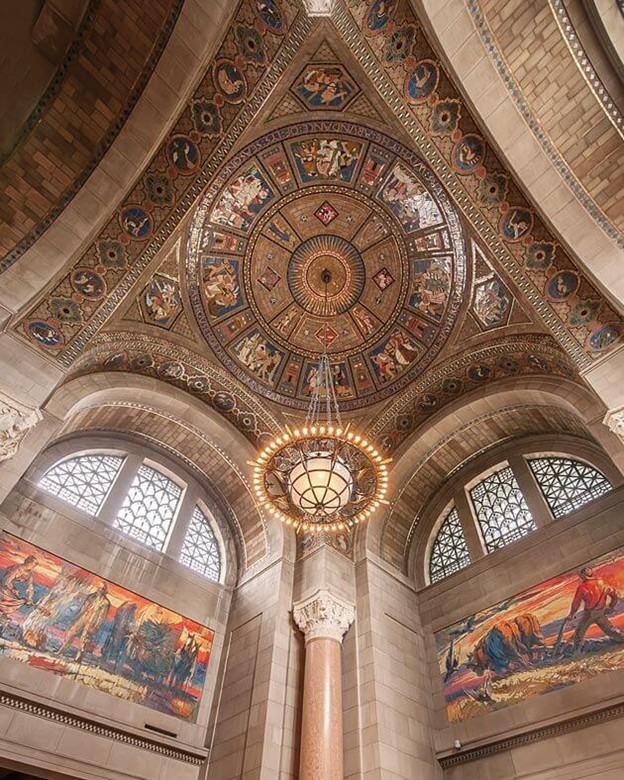
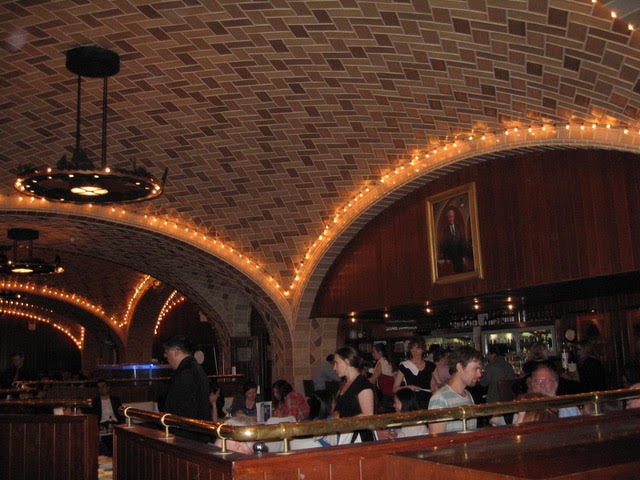
How To Become a Member
Only sites with a Guastavino structure (or former structure) are eligible to become members of the Guastavino Alliance. No fee is required.
Joining the Guastavino Alliance grants access to a breadth of shared expertise and resources, including support in interpretive materials, fundraising, social media, and event planning.
Members can utilize digital exhibit files donated by Professor John Ochsendorf, enabling the creation of engaging exhibits showcasing Guastavino’s architectural legacy.
Exclusive benefits include the Arch and Dome newsletter, offering updates on Guastavino-related developments, and discounted copies of Ochsendorf’s book, “Guastavino Vaulting: The Art of Structural Tile.”
To join the Alliance, complete the simple form here.
How to Support the Alliance
Contributions to the Guastavino Alliance directly empower our mission to safeguard and honor the legacy of Guastavino architecture. To support our efforts, kindly direct all donations to the Swannanoa Valley Museum, specifying allocation for the Guastavino Alliance. As the Swannanoa Valley Museum holds 501(c)(3) status, your generosity towards the Alliance qualifies for tax deductions. You can donate online below or mail a check to the Swannanoa Valley Museum, PO Box 306, Black Mountain, NC 2871.
Books Regarding the Guastavinos:
“Immigrant Architect: Rafael Guastavino and the American Dream”, by Kent Diebolt and Virginia Lorente
“An Architect and His Son: The Immigrant Journey of Rafael Guastavino II and Rafael Guastavino III”, by Rafael Guastavino IV
“Guastavino Vaulting – The Art of Structural Tile”, by John Ochsendorf
If you are interested in additional information, please see these suggested links:
NC State University, North Carolina Architects & Builders – Gaustavino, Rafael, Sr.
TOCCI “The creator of Cohesive Construction”
Biltmore – Guastavino’s architectural influence in Asheville